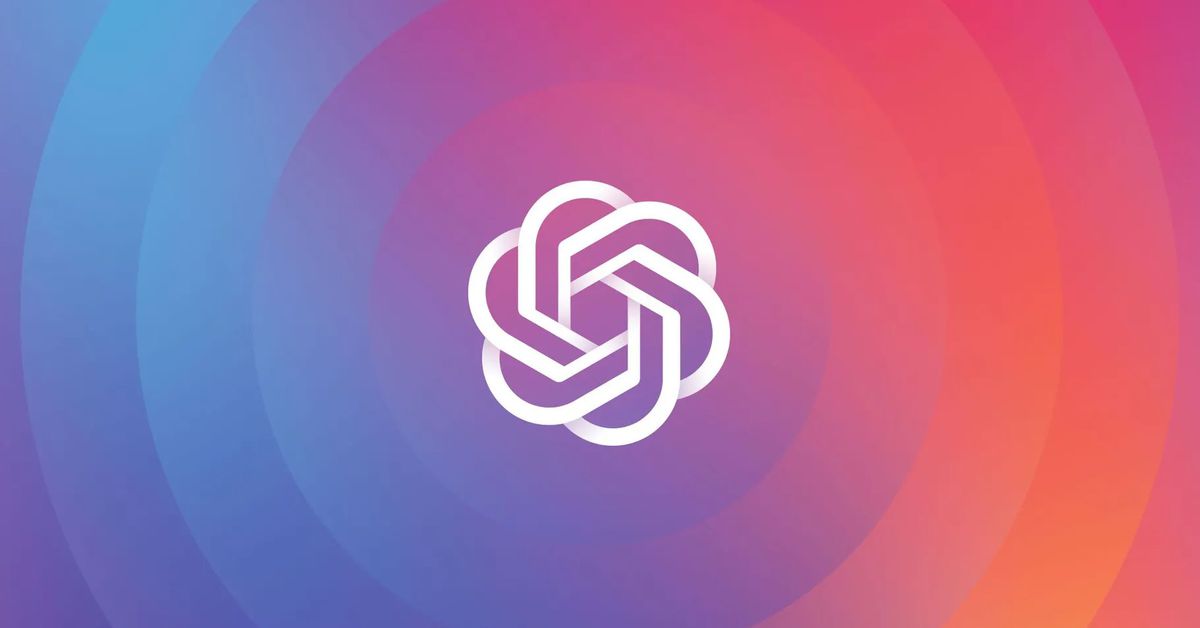OpenAI has publicly responded to a copyright lawsuit by The New York Times, calling the case “without merit” and saying it still hoped for a partnership with the media outlet.
In a blog post, OpenAI said the Times “is not telling the full story.” It took particular issue with claims that its ChatGPT AI tool reproduced Times stories verbatim, arguing that the Times had manipulated prompts to include regurgitated excerpts of articles. “Even when using such prompts, our models don’t typically behave the way The New York Times insinuates, which suggests they either instructed the model to regurgitate or cherry-picked their examples from many attempts,” OpenAI said.
OpenAI claims it’s attempted to reduce regurgitation from its large language models and that the Times refused to share examples of this reproduction before filing the lawsuit. It said the verbatim examples “appear to be from year-old articles that have proliferated on multiple third-party websites.” The company did admit that it took down a ChatGPT feature, called Browse, that unintentionally reproduced content.



What about the case where you’re tracing a comic to learn how to draw with the intent of using the new skills to compete with who you learned from?
Point of the question being, they’re not processing the images to make exact duplicates like tracing would.
It’s significantly closer to copying a style, which you can’t own.
Still a copyright violation, especially if you make it publicly available and claim the work as your own for commercial purposes. At the very minimum, tracing without fully attributing the original work is considered to be in poor enough taste that most art sites will permaban you for doing it, no questions asked.
In the analogy being developed though, they’re not making it available.
The initial argument was that tracing something to practice and learn was fine.
Which is why I said, what if you trace to practice, and then draw something independent to try to compete?
To remove the analogy: most generative AI systems don’t actually directly reproduce works unless you jump through some very specific and questionable hoops. (If and when they do, that’s a problem and needs to not happen).
A lot of the copyright arguments boil down to “it’s wrong for you to look at this picture for the wrong reasons”, or to wanting to build a protectionist system for creators.
It’s totally legit to want to build a protectionist system, but it feels disingenuous to argue that our current system restricts how freely distributed content is used beyond restrictions on making copies or redistribution.